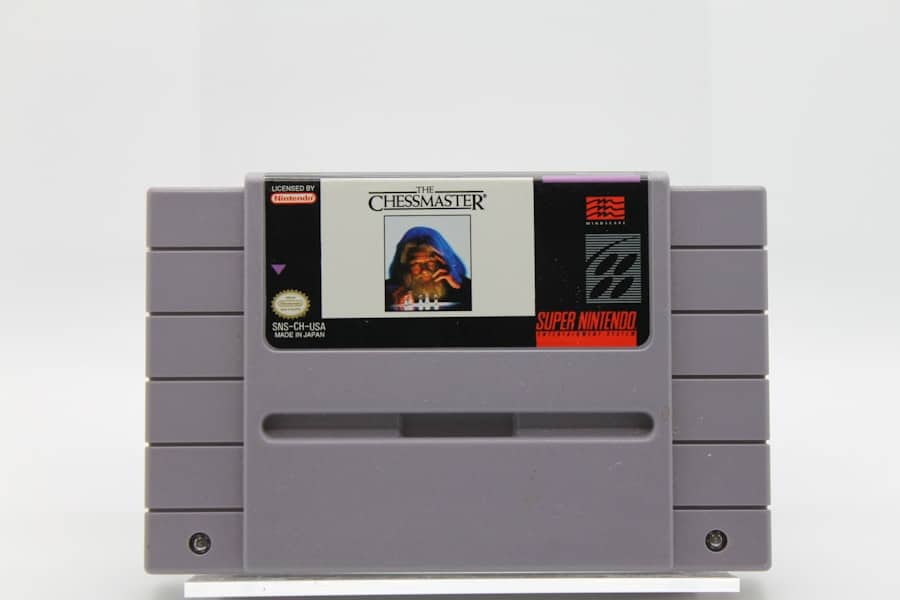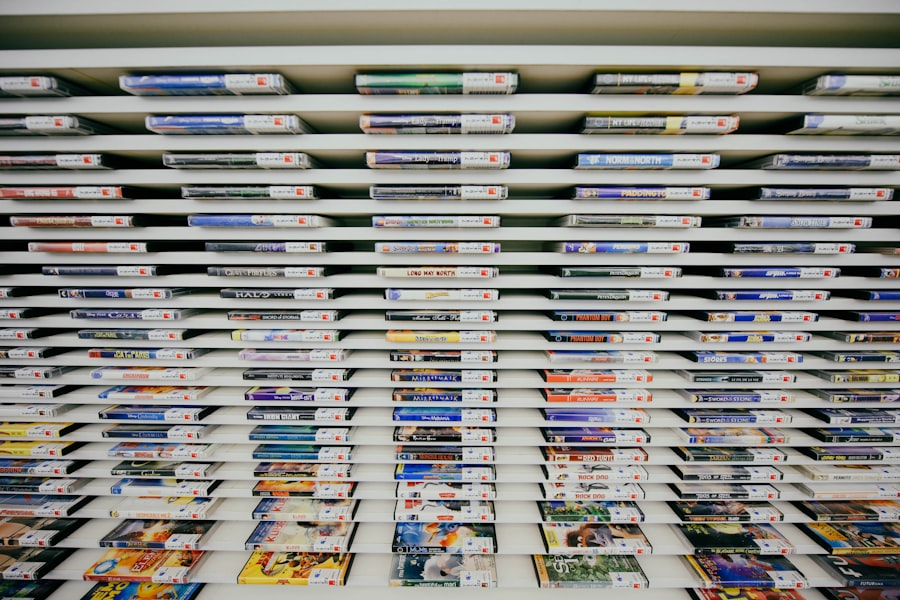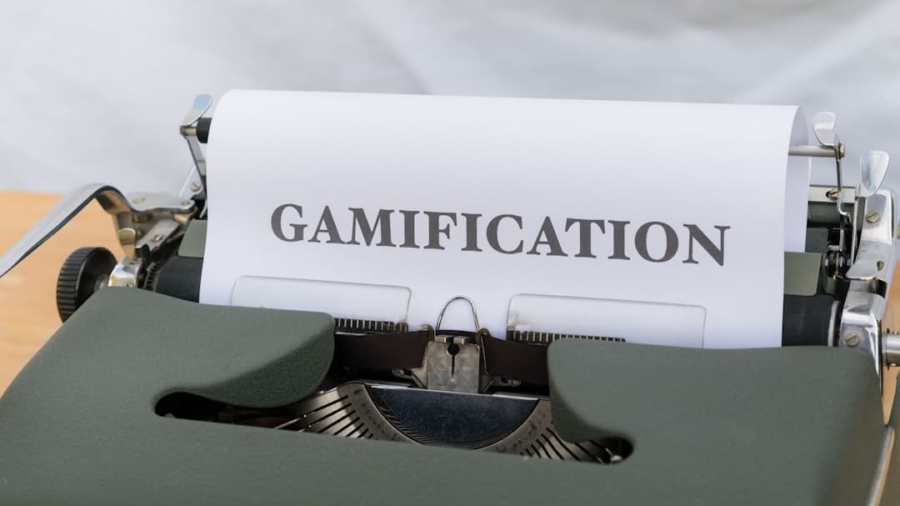The preservation of video games is a critical endeavor that extends beyond mere nostalgia; it is an essential aspect of cultural heritage. As digital artifacts, video games encapsulate the technological advancements, artistic expressions, and social dynamics of their respective eras. Unlike traditional forms of art, such as paintings or sculptures, video games are inherently ephemeral.
They rely on specific hardware and software environments that can become obsolete within a few years. This transience makes the preservation of video games not just a matter of saving files but also of maintaining the context in which these games were created and played. The loss of a game can mean the loss of an entire cultural moment, a unique storytelling method, or a groundbreaking gameplay mechanic that influenced future developments in the industry.
Moreover, preserving video games allows for a deeper understanding of their evolution and impact on society. Each game serves as a time capsule, reflecting the values, challenges, and innovations of its time. For instance, early arcade games like “Pong” and “Space Invaders” not only entertained but also introduced concepts of competition and community engagement in public spaces.
As technology advanced, so did the complexity and narrative depth of video games, culminating in experiences that challenge players’ moral choices and emotional responses. By preserving these games, we ensure that future generations can study and appreciate the intricate tapestry of human creativity and technological progress that video games represent.
Key Takeaways
- Preserving video games is important for maintaining cultural heritage and historical records of the gaming industry.
- Video games play a significant role in shaping modern culture, influencing fashion, music, and even language.
- The impact of video games on society includes promoting social interaction, education, and even therapeutic benefits.
- Challenges in preserving video games include technological obsolescence, copyright issues, and the sheer volume of games produced.
- Strategies for video game preservation involve emulation, digital archiving, and collaboration between industry, academia, and government institutions.
The Role of Video Games in Shaping Culture
Video games have evolved into a significant cultural force, influencing various aspects of society, from art and music to language and social interactions. They serve as a medium through which stories are told, often reflecting contemporary issues such as identity, politics, and ethics.
These narratives not only entertain but also provoke thought and discussion about real-world issues, making video games a powerful tool for cultural commentary. Furthermore, video games have fostered new forms of social interaction and community building. Online multiplayer games like “World of Warcraft” and “Fortnite” create virtual spaces where players from diverse backgrounds can connect, collaborate, and compete.
These interactions often transcend geographical boundaries, allowing individuals to form friendships and alliances that might not be possible in the physical world. The rise of streaming platforms like Twitch has further amplified this cultural phenomenon, enabling players to share their experiences and engage with audiences in real-time. This shift has transformed gaming from a solitary activity into a communal experience, shaping how we perceive entertainment and social engagement.
The Impact of Video Games on Society

The societal impact of video games is multifaceted, encompassing both positive and negative dimensions. On one hand, video games have been shown to enhance cognitive skills such as problem-solving, spatial awareness, and strategic thinking. Research has indicated that action games can improve players’ ability to track multiple objects simultaneously and make quick decisions under pressure.
Educational games have also emerged as effective tools for learning, providing interactive environments where players can engage with complex subjects like mathematics or history in an immersive way. Conversely, concerns about the potential negative effects of video games persist. Issues such as addiction, desensitization to violence, and the perpetuation of stereotypes have sparked debates among parents, educators, and policymakers.
The portrayal of gender roles in many games has been criticized for reinforcing harmful stereotypes, while the depiction of violence has raised questions about its influence on behavior. These discussions highlight the need for a nuanced understanding of video games as both a form of entertainment and a medium that can shape attitudes and behaviors in society.
Challenges in Preserving Video Games
The preservation of video games faces numerous challenges that complicate efforts to safeguard this unique form of cultural expression. One significant hurdle is the rapid obsolescence of technology. Many classic games were designed for specific hardware platforms that are no longer in production or are difficult to emulate on modern systems.
For instance, early console games from systems like the Atari 2600 or Sega Genesis require specialized knowledge to run on contemporary devices. As these platforms age and their components deteriorate, the risk of losing access to these games increases dramatically. Additionally, the legal landscape surrounding video game preservation is fraught with complexities.
Intellectual property rights pose significant barriers to archiving efforts; many games are protected by copyright laws that restrict their distribution and reproduction. This legal framework can hinder preservation initiatives undertaken by museums or academic institutions that seek to archive these works for educational purposes. Furthermore, the commercial interests of game developers and publishers often prioritize profit over preservation, leading to decisions that may result in the discontinuation or removal of older titles from digital storefronts.
Strategies for Video Game Preservation
To effectively preserve video games for future generations, a multifaceted approach is necessary. One strategy involves creating comprehensive archives that document not only the games themselves but also their development processes, marketing materials, and player communities. Institutions like The Strong National Museum of Play in Rochester, New York, have begun to collect artifacts related to gaming history, including consoles, game cartridges, and promotional materials.
By curating these items alongside the games themselves, they provide context that enriches our understanding of their significance. Another important strategy is the development of emulation technologies that allow older games to be played on modern hardware. Emulators replicate the original gaming environment, enabling players to experience classic titles without needing the original consoles.
Projects like MAME (Multiple Arcade Machine Emulator) have made significant strides in preserving arcade games by allowing them to be played on contemporary computers. However, these efforts must be balanced with respect for copyright laws; developers must navigate legal frameworks while striving to make these games accessible to new audiences.
The Significance of Video Game Preservation for Future Generations

The significance of preserving video games extends beyond mere nostalgia; it is about ensuring that future generations can engage with an integral part of contemporary culture. As digital natives grow up in an increasingly interconnected world, their understanding of history will be shaped by the media they consume—including video games. By preserving these artifacts, we provide them with opportunities to explore the evolution of storytelling, technology, and social interaction through an interactive medium that resonates with their experiences.
Moreover, preserving video games fosters a sense of continuity between generations. Just as previous generations have passed down literature and film as cultural touchstones, so too should we ensure that video games are recognized as valuable contributions to our shared heritage. This continuity allows younger audiences to appreciate the innovations that have shaped modern gaming while also understanding the historical context from which these developments emerged.
Collaborative Efforts in Video Game Preservation
Collaboration among various stakeholders is essential for effective video game preservation. Game developers, historians, archivists, and players all play crucial roles in this endeavor. Initiatives like the Video Game History Foundation work to document gaming history through interviews with developers and the collection of archival materials.
By engaging with industry professionals who have firsthand experience in game development, these organizations can create a more comprehensive narrative about the evolution of gaming. Additionally, partnerships between academic institutions and gaming companies can facilitate research and preservation efforts. Universities with strong programs in game design or digital media can collaborate with developers to archive their work while also providing students with hands-on experience in preservation techniques.
Such collaborations not only enhance academic research but also contribute to a broader understanding of gaming culture within educational contexts.
The Future of Video Game Preservation
Looking ahead, the future of video game preservation will likely be shaped by advancements in technology and evolving cultural attitudes toward digital media. As cloud gaming becomes more prevalent and streaming services expand their offerings, new opportunities for preserving access to classic titles may emerge. However, this shift also raises questions about ownership and access; as more games move into subscription models or digital-only formats, ensuring long-term availability will require careful consideration.
Moreover, as awareness grows regarding the importance of preserving video games as cultural artifacts, we may see increased support from both public institutions and private entities. Funding for preservation initiatives could become more readily available as governments recognize the value of safeguarding digital heritage. Ultimately, the future will depend on our collective commitment to recognizing video games not just as entertainment but as vital components of our cultural landscape—worthy of preservation for generations to come.
Game preservation is an essential aspect of maintaining our cultural heritage, as it ensures that future generations can experience and learn from the digital art and narratives of the past. A related article that delves into the importance of preserving technology and its impact on our lives can be found on How-To Geek, an online technology magazine. This publication often explores the intersection of technology and culture, providing insights into why maintaining access to older software and hardware is crucial. For more information, you can read the article on their website by following this link: How-To Geek.
FAQs
What is game preservation?
Game preservation refers to the efforts to protect and maintain video games, computer games, and other interactive media for future generations. This includes preserving the physical hardware, software, and documentation, as well as ensuring that the games remain playable on modern systems.
Why is game preservation important for cultural heritage?
Game preservation is important for cultural heritage because video games are a significant part of modern culture and have had a profound impact on society. They reflect the technological advancements, artistic expressions, and social trends of their time, and preserving them allows future generations to understand and appreciate this aspect of our cultural history.
How does game preservation benefit society?
Game preservation benefits society by providing access to a diverse range of games that have historical, artistic, and educational value. It also allows researchers, scholars, and enthusiasts to study and analyze the evolution of game design, storytelling, and technology, contributing to the overall understanding of our cultural heritage.
What are the challenges of game preservation?
Challenges of game preservation include the rapid obsolescence of hardware and software, copyright issues, and the sheer volume of games that need to be preserved. Additionally, many older games are at risk of being lost due to deteriorating physical media and the lack of documentation about their creation and development.
What are some initiatives for game preservation?
There are several initiatives for game preservation, including the creation of digital archives, museums dedicated to video game history, and efforts to reverse-engineer and emulate older hardware and software. Organizations such as the Video Game History Foundation and the Internet Archive’s Software Library are actively involved in preserving and providing access to video games and interactive media.

